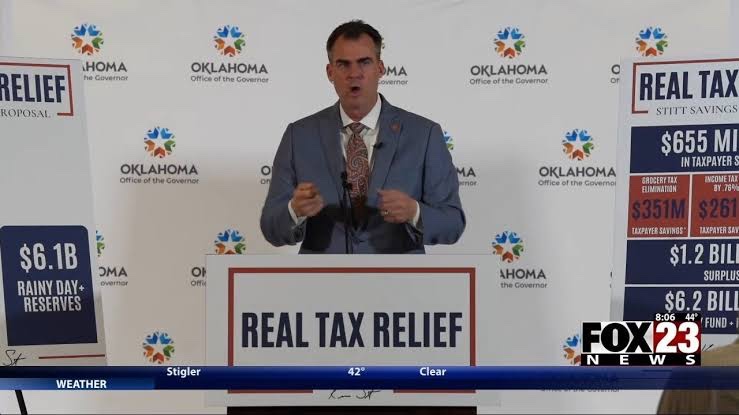
日韓電池廠商:美國市場競爭加劇!
– “松下獲得的補貼金額”為7億美元 –
通脹控制法案 (IRA) 生效:
美國EV電池市場“韓日市場競爭”愈演愈烈。
松下:
計劃在美國俄克拉荷馬州建設第三家電動汽車電池工廠。
松下正在考慮投資 50 億美元(約合 6.5 萬億韓元)。
松下目前在美國內華達州與特斯拉合作經營一家電池工廠。
對鬆下的補貼金額預計為 7 億美元(9000 億韓元)。
日本經濟新聞和路透社:
4 月 17 日報導。
得益於與特斯拉的合作,松下能夠保持其“北美電池市場份額”。
SNE 研究:
– 北美電動汽車電池銷售份額 –
去年1-10月,松下
取得“48%的北美EV電池銷售份額”,獲得第一名。
It was followed by
LG Energy Solutions (18 percent),
China’s CATL (14 percent),
SK On (10 percent),
Samsung SDI (8 percent).In particular, as the United States signed a “core mineral agreement” with Japan,
the battle for market dominance is heating up between Korean and Japanese companies.
Initially,
the United States decided to only provide subsidies to companies of countries which signed a free trade agreement (FTA) with the United States.However,
through the agreement,it has decided to grant the same status to Japan even though it has not signed an FTA.If a Panasonic battery goes into a Tesla car, Panasonic will receive a tax credit of US$7,500 from the U.S. government.
As a result,
alliances are expected to increase between carmakers and Korean and Japanese battery companies in order to take bigger pieces of the North American market.The Wall Street Journal (WSJ)
recently reported that Panasonic is discussing ways to supply cylindrical batteries to global automakers BMW and Stellantis.BMW is receiving prismatic batteries from Samsung SDI.
Stellantis is promoting the establishment of North American joint ventures with LG Energy Solution and Samsung SDI.
I expect that competition will heat up between Korean and Japanese battery makers
in preoccupying the U.S. electric vehicle market with the greatest growth potential,said an official of the Korean battery industry.
– Businesskorea
http://www.businesskorea.co.kr/news/articleView.html?idxno=113033
Fabricants de batteries japonais et coréens : la concurrence sur le marché s’intensifie aux États-Unis !
– “Le montant de la subvention reçue par Panasonic” est de 700 millions de dollars –
La loi sur le contrôle de l’inflation (IRA) entre en vigueur :
La « concurrence sur le marché entre la Corée du Sud et le Japon » s’intensifie sur le marché américain des batteries pour véhicules électriques.
Panasonic :
Prévoit de construire une troisième usine de batteries pour véhicules électriques dans l’Oklahoma, aux États-Unis.
Panasonic envisage d’investir 5 milliards de dollars (environ 6,5 billions de wons).
Panasonic exploite actuellement une usine de batteries avec Tesla dans le Nevada, aux États-Unis.
Le montant de la subvention à Panasonic devrait être de 700 millions de dollars (900 milliards de wons).
Nihon Keizai Shimbun et Reuters :
Signalé le 17 avril.
Panasonic est en mesure de maintenir sa “part de marché nord-américaine des batteries” grâce à son partenariat avec Tesla.
Recherche SNE :
– Part des ventes de batteries EV en Amérique du Nord –
De janvier à octobre de l’année dernière, Panasonic
A enregistré « 48 % de la part des ventes de batteries de véhicules électriques en Amérique du Nord » et a remporté la première place.
Japanische und koreanische Batteriehersteller: Marktwettbewerb in den USA verschärft sich!
– “Panasonic erhaltene Subventionssumme” beträgt 700 Millionen Dollar –
Das Inflationskontrollgesetz (IRA) tritt in Kraft:
Der „Marktwettbewerb zwischen Südkorea und Japan“ verschärft sich auf dem US-Markt für Elektrofahrzeugbatterien.
Panasonic:
Geplant ist der Bau einer dritten Batteriefabrik für Elektrofahrzeuge in Oklahoma, USA.
Panasonic erwägt, 5 Milliarden US-Dollar (ca. 6,5 Billionen Won) zu investieren.
Panasonic betreibt derzeit mit Tesla eine Batteriefabrik in Nevada, USA.
Die Subventionssumme für Panasonic soll 700 Millionen Dollar (900 Milliarden Won) betragen.
Nihon Keizai Shimbun und Reuters:
Gemeldet am 17.4.
Dank der Partnerschaft mit Tesla kann Panasonic seinen „nordamerikanischen Batteriemarktanteil“ halten.
SNE-Forschung:
– Verkaufsanteil von EV-Batterien in Nordamerika –
Von Januar bis Oktober letzten Jahres Panasonic
Verzeichnete „48 % des Verkaufsanteils von EV-Batterien in Nordamerika“ und gewann den ersten Platz.